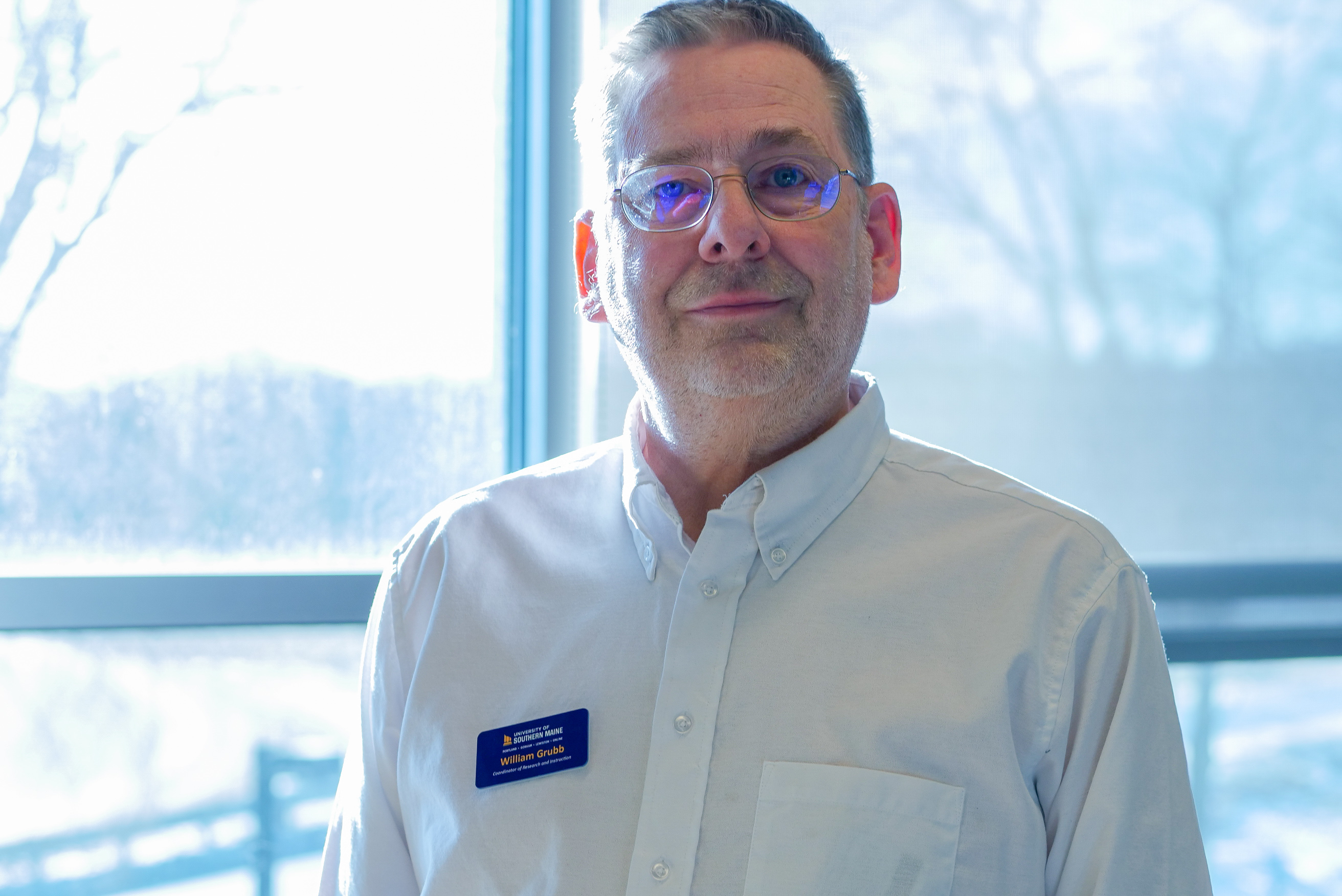By: Melissa Fraser, Staff Writer
The spring semester is underway and a growing trend could save students and faculty substantial amounts of money: open educational resources (OER). This term encompasses a vast array of peer-reviewed learning and teaching materials — textbooks, course reading, simulations — all available online, for free.
Students are budgeting an average of $1,200 a year on textbooks and supplies, according to the USM website. While it has been well documented that students are finding alternatives, such as renting or buying used, surveys show that the cost is a deterrent.
 A survey conducted by Wakefield Research, on behalf of VitalSource Technologies, revealed that 85 percent of students either avoid purchasing course materials or delay purchasing until after the first day of class. Almost all of the students surveyed said that this was due to cost, and half of those said that this decision had a negative impact on their grades.
A survey conducted by Wakefield Research, on behalf of VitalSource Technologies, revealed that 85 percent of students either avoid purchasing course materials or delay purchasing until after the first day of class. Almost all of the students surveyed said that this was due to cost, and half of those said that this decision had a negative impact on their grades.
Findings show that the cost of USM textbooks has risen 800 percent over the last eight years, according to the USM OER website. This prompted Bill Grubb, USM Libraries coordinator, to explore alternatives.
Grubb had read about the concept of OER and decided that it was worth pursuing. He began attending national conferences and conducting research that would back this initiative. Provost Jeannine Uzzi has asked the libraries to lead the discussion on incorporating OER into the USM curriculum.
“It can transform the way students learn and access quality and academic information,” Uzzi said. “With the cost of education going up all the time and the cost of books going up all the time, how can we not participate in the project?”
A standing committee of students, faculty and staff have formed to raise awareness and advocate for the move toward OER. According to David Nutty, Director of USM Libraries, a small number of universities and colleges have already adopted OER as policy.
Financial implications are not the only benefit to adapting OER at USM, according to Grubb. Faculty members can take any online open textbook and change it — an entire chapter, graphics or charts — to fit their class. If faculty are unable to find an open textbook that fits the needs of their course, they have the ability to create their own.
“There’s no danger to students, because faculty are curating what they’re choosing for their students to use,” Uzzi said.
Also a latin teacher, Uzzi is in the process of writing an OER latin textbook. According to Uzzi, giving faculty the freedom to pick and choose the resources they want to use, to modify and assemble them in unique ways, benefits students and faculty.
Students can have a role in developing these open resources, according to Uzzi. The students enrolled in her latin course are actively providing feedback on what works and what doesn’t, based on their learning styles.
“The resource is open and it’s always revisable, so students every semester can take some ownership in the building of this resource,” Uzzi said.
According to Uzzi, quality control is entirely up to the faculty member who wants to adopt or adapt the material.
“The open educational resource movement has blown the field of publication wide open, but there’s no one policing it from each discipline. Those resources can be every bit as good as the resources that are coming out of traditional presses, but you just can’t know that unless you look at them yourself,” Uzzi said.
Producing an OER textbook is a cinch, according to Grubb. The Center for Technology Enhanced Learning (CTEL) will assist all faculty members, they only need to supply personally written text and graphics and CTEL will do the rest.
Textbooks are then housed in USM Libraries Digital Commons. CTEL adds the proper tagging and keywords to ensure it will make its way to the top of any Google search.
Don’t expect any major changes yet.
An email survey has been sent to students and faculty about OER. Questions will include current financial impacts of buying course material and information about off-campus internet access.
Half a dozen faculty members at USM have already been identified as OER users, but the committee is hoping more will surface and that USM will move toward a more widespread adoption of this format.
“The wave toward open resources is going to be unstoppable,” said Uzzi.
Workshop Information:
Faculty members interested in learning more about OER can attend the USM Libraries Workshops. There are a limited number of stipends available for faculty members who participate in the Summer 2019 training. Contact Bill Grubb [email protected] for additional information.
Could we also add a box (is that the term or am I making that up?) for faculty workshop info:
March 6th 12:00PM-1:00PM Bailey 205 Gorham Campus
March 8th 2:00PM-3:00PM Bailey 205 Gorham Campus
March 13th 2:00PM-3:00PM Glickman 325 Portland Campus
March 15th 12:00PM-1:00PM Glickman 325 Portland Campus


This was a great article. When I was interviewed I had the feeling it would be good judging by the questions asked. The picture is even good. 🙂 You guys did a great job!
Open Educational Resources sounds like a great way to save students money. Thanks for sharing.